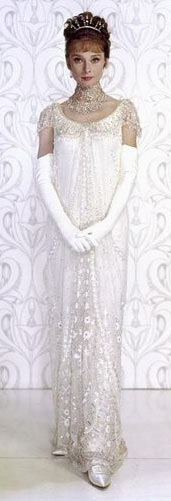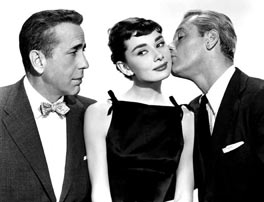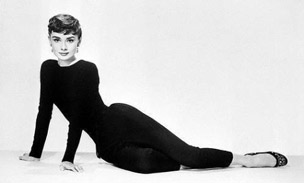
Fashion historians say it was Coco Chanel who came up with the idea of the “little black dress,” a garment so versatile and simple that it could be worn for most any occasion and was a required staple in every woman’s closet. That was in the 1920s, and the idea held true for several decades. But by the 1960s, youth was taking a very different stance on fashion, and the “LBD” (as the little black dress was known in fashion circles) was being pushed off as stodgy and from a generation past. It wasn’t until the slim, sophisticated, and strikingly beautiful Audrey Hepburn appeared in a Hubert de Givenchy creation in the film Breakfast at Tiffany’s that this notion was altered. From that point on, the LBD came back into vogue.



Such is the effect of films on fashion. Hairstyles, accessories, and lifestyle are all moved by the power of great costuming in motion pictures. In fact, nearly everything worn by Audrey Hepburn in the movies she appeared became celebrated fashion trends. Remember the shoulder-tied boatneck dress she wore in the film Sabrina? That style is often referred to, even today, as “the Sabrina neckline.” If you recall the empire-bodiced evening gown she wore in My Fair Lady it’s likely you will also remember a litany of dresses that appeared the year after, all imitating the same cut. Funny Face gave way to cigarette pants and ballerina flats. And so it goes. Fashion and the movies go hand-in-hand. This site will use that observation to explore the many roles motion pictures have had on fashion. By the way, it doesn’t stop with women’s clothes; menswear has been affected by what happens on the silver screen too! Read on . . .
Above: Breakfast at Tiffany's (1961); left top: My Fair Lady (1964); left middle: Sabrina (1954); left bottom: Funny Face (1957).